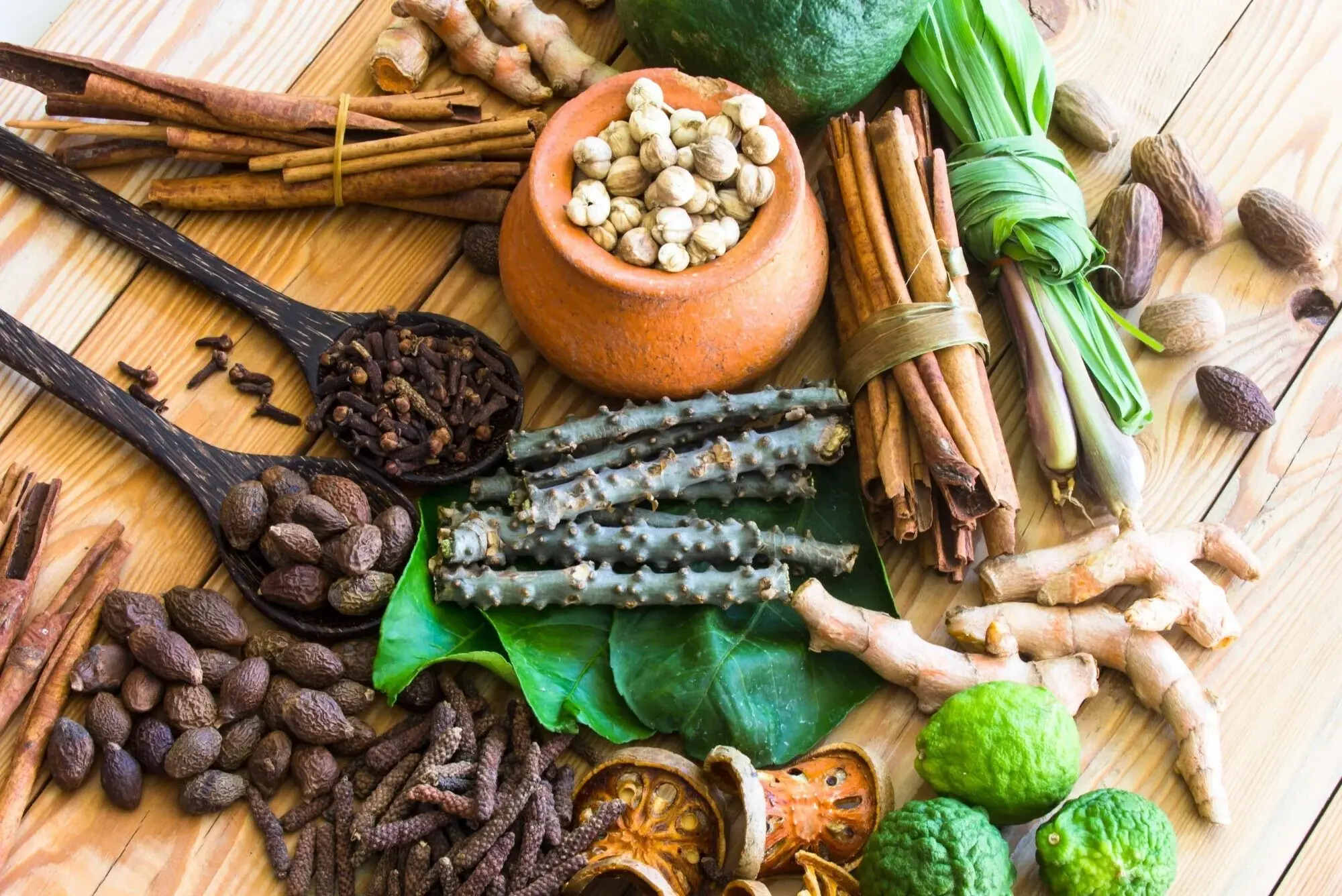
Ancient medicine is a treasure chest of wisdom and mystery. Ever wondered how people treated illnesses thousands of years ago? From herbal remedies to surgical techniques, ancient civilizations had some pretty fascinating methods. Did you know that the Egyptians used honey as an antibiotic? Or that the Greeks believed in the healing power of music? These practices might seem strange today, but they laid the groundwork for modern medicine. Ancient healers were the pioneers, experimenting with plants, minerals, and even animal parts to cure ailments. Their contributions are not just historical footnotes; they are the foundation of today's medical advancements. Dive into these 25 intriguing facts about ancient medicine and see how far we've come!
Key Takeaways:
- Ancient medicine used natural remedies like willow bark and garlic, and advanced surgical techniques like trepanation. They also believed in holistic healing and understood the importance of public health and sanitation.
- Early civilizations made significant contributions to medicine, from understanding anatomy to promoting public health. They used herbal remedies, performed surgeries, and emphasized the mind-body connection.
Ancient Medicine: A Glimpse into the Past
Ancient medicine laid the groundwork for modern medical practices. From herbal remedies to surgical techniques, early civilizations developed fascinating methods to treat ailments. Let's explore some intriguing facts about ancient medicine.
Herbal Remedies and Natural Treatments
Ancient cultures relied heavily on plants and natural substances for healing. These remedies were often passed down through generations.
- Willow Bark for Pain Relief: Ancient Egyptians and Greeks used willow bark to alleviate pain. This bark contains salicin, a precursor to aspirin.
- Garlic as an Antibiotic: Egyptians used garlic to treat infections. They believed it had powerful healing properties.
- Aloe Vera for Skin Conditions: Aloe vera was used by ancient Egyptians to treat burns and skin irritations. Cleopatra reportedly used it as part of her beauty regimen.
- Honey as a Wound Dressing: Honey's antibacterial properties made it a popular choice for dressing wounds in ancient Egypt and Greece.
- Turmeric for Inflammation: Ancient Indian Ayurvedic medicine utilized turmeric to reduce inflammation and treat digestive issues.
Surgical Techniques and Instruments
Despite limited technology, ancient civilizations developed remarkable surgical techniques and instruments.
- Trepanation for Head Injuries: Trepanation, the practice of drilling holes into the skull, was used to treat head injuries and neurological conditions.
- Ancient Egyptian Surgical Tools: Egyptians used bronze and copper tools for surgeries, including scalpels, forceps, and scissors.
- Roman Battlefield Surgery: Roman military surgeons performed amputations and treated wounds using advanced techniques for their time.
- Suturing with Ant Heads: In ancient India, large ant heads were used as natural sutures. The ants would bite the wound edges together before their bodies were removed.
- Cataract Surgery in Ancient India: Sushruta, an ancient Indian surgeon, performed early cataract surgeries using a curved needle to push the lens out of the field of vision.
Holistic and Spiritual Healing
Many ancient cultures believed in the connection between mind, body, and spirit. Healing practices often included spiritual elements.
- Acupuncture in Ancient China: Acupuncture, developed over 2,000 years ago, involved inserting needles into specific points on the body to balance energy flow.
- Ayurveda's Mind-Body Balance: Ayurveda, an ancient Indian system of medicine, emphasized the balance between mind, body, and spirit for overall health.
- Shamanic Healing Rituals: Shamans in various cultures used rituals, chants, and plant medicines to heal physical and spiritual ailments.
- Dream Interpretation in Ancient Greece: Greeks believed dreams could reveal the causes of illness. Temples dedicated to Asclepius, the god of healing, offered dream interpretation services.
- Healing Temples in Ancient Egypt: Egyptians built temples dedicated to healing gods like Imhotep, where priests performed rituals and offered medical treatments.
Early Understanding of Anatomy and Physiology
Ancient civilizations made significant strides in understanding the human body and its functions.
- Egyptian Mummification: The mummification process provided Egyptians with knowledge of human anatomy. They removed and preserved organs, gaining insights into their functions.
- Hippocrates' Humoral Theory: Hippocrates, the "Father of Medicine," proposed that health depended on the balance of four bodily fluids: blood, phlegm, yellow bile, and black bile.
- Galen's Anatomical Studies: Galen, a Roman physician, conducted extensive anatomical studies on animals, which influenced medical knowledge for centuries.
- Chinese Pulse Diagnosis: Ancient Chinese physicians developed pulse diagnosis, a technique to assess health by feeling the pulse at various points on the body.
- Herophilus' Dissections: Herophilus, an ancient Greek physician, performed dissections on human cadavers, advancing the understanding of the nervous system and anatomy.
Public Health and Sanitation
Ancient societies recognized the importance of public health and implemented measures to maintain cleanliness and prevent disease.
- Roman Aqueducts and Sewers: Romans built extensive aqueducts and sewer systems to supply clean water and remove waste, improving public health.
- Egyptian Bathing Practices: Egyptians bathed regularly and used natron, a natural salt, as soap to maintain hygiene.
- Greek Gymnasiums and Baths: Greeks built gymnasiums and public baths, promoting physical fitness and cleanliness.
- Chinese Herbal Teas for Health: Ancient Chinese people drank herbal teas to promote health and prevent illness, incorporating various medicinal herbs.
- Indian Ayurvedic Cleansing Rituals: Ayurveda included cleansing rituals like oil pulling and nasal irrigation to maintain health and prevent disease.
Ancient Medicine's Legacy
Ancient medicine laid the groundwork for modern healthcare. From herbal remedies to surgical techniques, early practices shaped today's medical advancements. Ancient Egyptians used honey for wound care, while Greeks introduced the Hippocratic Oath, still relevant. Chinese medicine's acupuncture and herbal treatments continue influencing holistic health approaches. Indian Ayurveda emphasized balance and natural healing, principles echoed in contemporary wellness trends.
These ancient practices weren't just primitive guesses; they were based on observation, trial, and error. They showed remarkable understanding of human anatomy and disease. Modern medicine owes much to these early pioneers who dared to explore the unknown.
Understanding ancient medicine offers insights into human ingenuity and resilience. It reminds us that today's medical marvels stand on the shoulders of past discoveries. Ancient wisdom and modern science together create a comprehensive approach to health, blending tradition with innovation.
Frequently Asked Questions
Was this page helpful?
Our commitment to delivering trustworthy and engaging content is at the heart of what we do. Each fact on our site is contributed by real users like you, bringing a wealth of diverse insights and information. To ensure the highest standards of accuracy and reliability, our dedicated editors meticulously review each submission. This process guarantees that the facts we share are not only fascinating but also credible. Trust in our commitment to quality and authenticity as you explore and learn with us.


